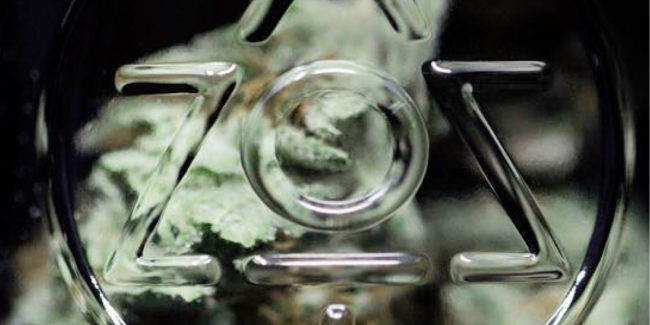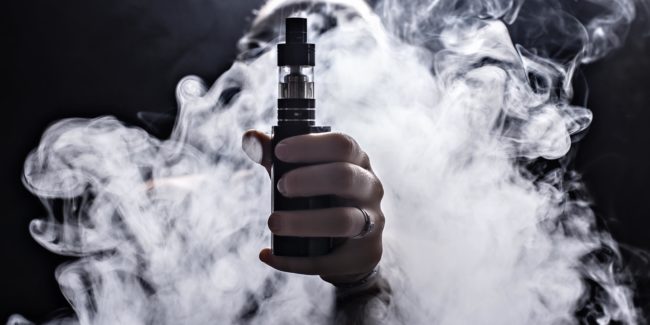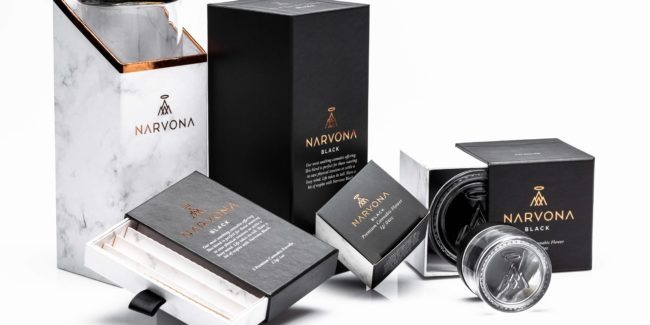Marketing your company and the services you offer is a lot like writing a story: the details you include in your branding create the setting. The more descriptive you are, the better you’ll do at world-building, a term used in creative writing to indicate that you’ve crafted a new setting from the ground up.
If your company is a character, how will you tell your story to potential clients? One way to get your message across is to determine what the tone of your brand story will be. Is your company lighthearted or serious? Does it have a 100-year legacy or is it a startup about to launch a fresh new product?
Whether you consider your company or the audience you sell to the main character, one thing remains the same: a cohesive brand story will help you communicate the messages you want your audience to receive. Organizing the ideas to make this happen in a consistent and creative way is made easier when you incorporate a mood board into your messaging development.
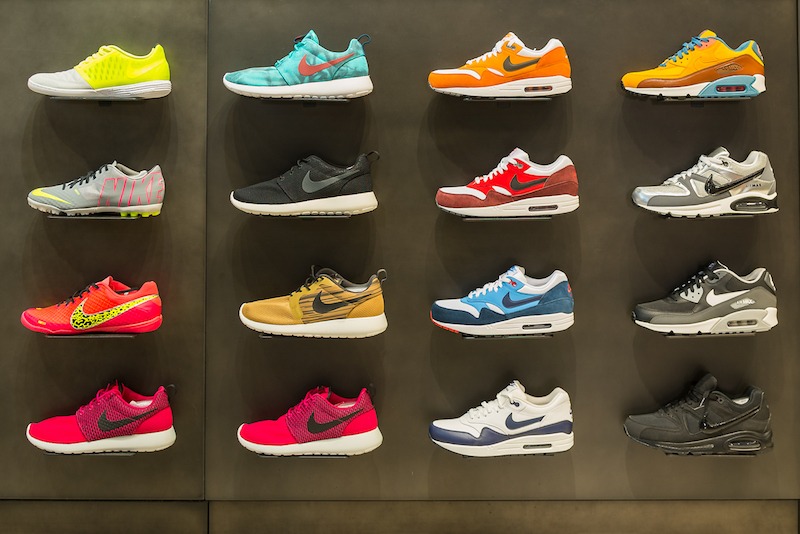
What is a Mood Board?
A mood board often utilizes color schemes, text, and visual inspiration that a designer or team of designers pull together to communicate the feel and direction of the company. Every story has an outline—the beginning, middle, end, and every important detail that moves a reader through them. A mood board serves as the outline, to guide your company to best show your brand and tell its story.
If a mood board sounds like a novel idea, think of it like Pinterest. Just as many people are visual learners, many others require visuals to develop and structure their ideas. During the concept phase, a mood board can be a literal board where your team places tear sheets from magazines, printouts of typefaces, color swatches, and photography. This can easily translate online as well. That bride to be pinning photos of mason jar flower arrangements and disposable cameras for guests is making a mood board of her wedding, and the images she chooses will determine the tone of the wedding—whimsical, chic, etc.
The Purpose of a Mood Board
Once you’ve scoured the Internet for Creative Commons images (pictures you can use license-free) or cut up magazines with the fervor of a teen girl building a boy band shrine, the next step is to organize everything in one place. Once organized you can begin to look for commonalities among what you’ve chosen and reflect on the emotions certain images, colors, and concepts evoke in you. A mood board should literally affect your audience’s mood. The tone you set through logos, color schemes, photos or illustrations, and font determines your audience’s reaction to your company.
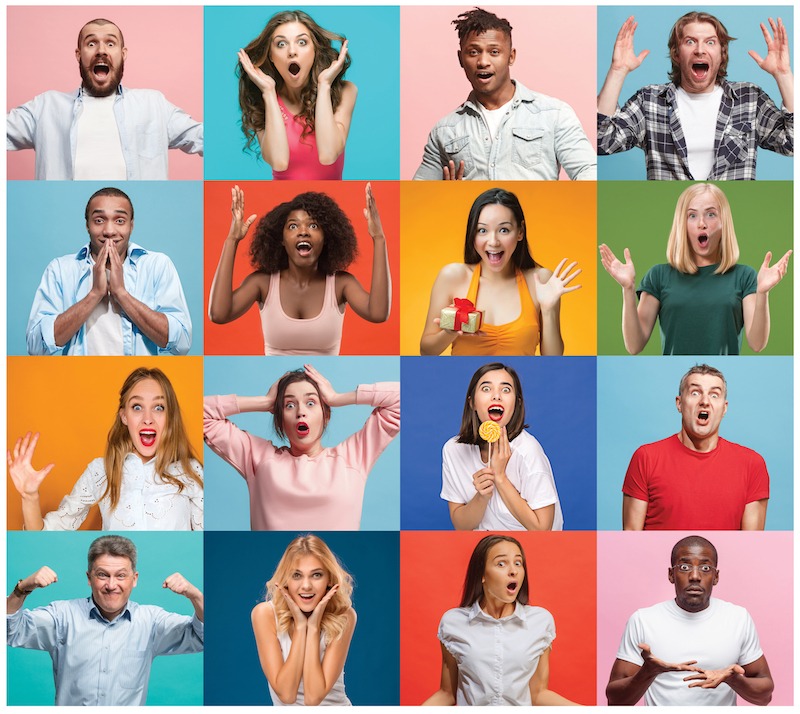
Your mood board organizes the components that tell your story. The choice of how to lay out textures, images, and text may be indicative of your company – is it rigidly ordered or a free-flowing collage? Some stories have a clear structure, while others employ more experimental styles. Structure affects storytelling by either containing it or freeing it.
One of the most well-known American novels, The Great Gatsby, is still taught in high school English classes. Whether you loved it as a kid or found its metaphors heavy-handed, one aspect of it people still analyze is the usage of color throughout the book. It’s a novel that examines the corruption of the American Dream, so it makes sense that green—the color of money and greed—is referenced substantially. Color may very well be the most important decision you make when creating your mood board. Everyone has a visceral response to a cheerful yellow, a sexy red, or a melancholy blue. Color unifies the other visuals. It paints the setting of your brand story.
Time to Get Moody
As you would when writing a story, always make sure to edit. Ask yourself, does the font choice match your brand identity? That may sound funny, but have you ever winced at a storefront sign written in Papyrus? Is there cohesion in your image choices, and do they align with your mission? Shot of city skylines don’t make a lot of sense for an outdoor apparel brand. The final rule of thumb when editing: ask yourself if there’s anything you can take away. Maybe you only need three colors for your website’s palette, and that extra shade proves more distracting than clarifying.
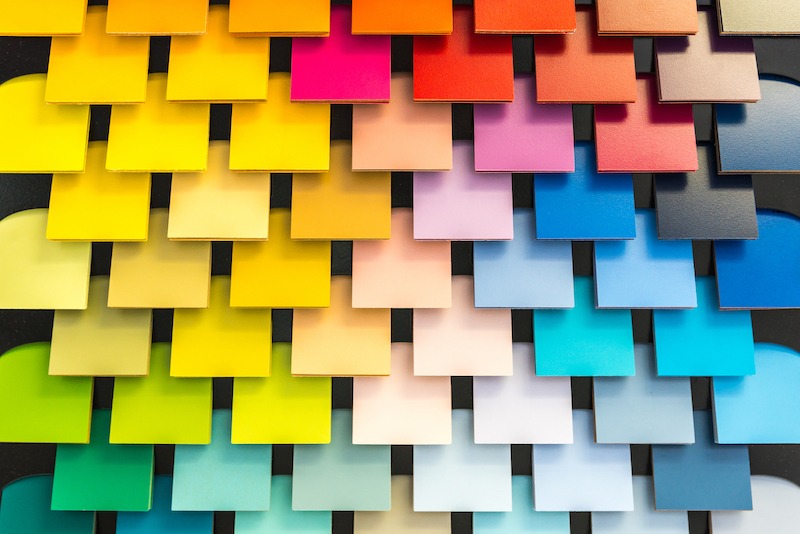
To learn more about mood boards, check out video tutorials from trusted brands like Lynda, the online learning platform, and to get started on your own, Adobe Spark offers a free mood board builder.
Most of all, have fun developing the visual language of your company and its brand. You’ll have time later to debate the merits of robin’s egg blue versus navy. Creating the mood board is a time for free-wheeling creation, a time to build the setting of your brand’s story so that the characters—can begin to see the world you’ve created.

